BENTONITE is the important naturally occurring clay of great commercial importance possessing inherent bleaching properties. It is, therefore commonly called bleaching clay. It falls mainly under the montmorillonite group containing a varying amount of attapulgite. The montmorillonite is designated by the chemical formula (OH4).Si8.O20.nH2O… Bentonite is a clay generated frequently from the alteration of volcanic ash, consisting mainly of smectite minerals, usually montmorillonite. In addition to montmorillonite, bentonite may also contain quartz, feldspar, calcite, and gypsum. Bentonite displays strong colloidal properties and its volume increases several times when coming into contact with water, creating a gelatinous and viscous fluid. The special properties of bentonite (hydration, swelling, water absorption, viscosity, thixotropy) make it a valuable material for a wide range of uses and applications.

Bentonite
Types
- Sodium Bentonite
- Calcium Bentonite
- Potassium Bentonite
Forms
- Lumps
- Powder
- Granular
Main Features
- Suitable for high pressure foundries.
- For specific casting where surface finish is the important factor.
- In iron ore pelletizing.
- Used to maintain bore holes for pilling and construction.
Applications
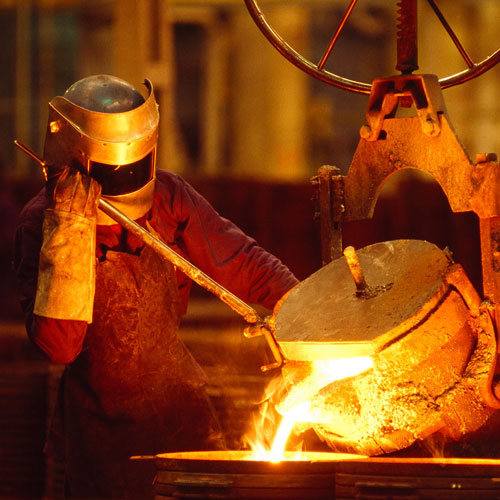
Foundry
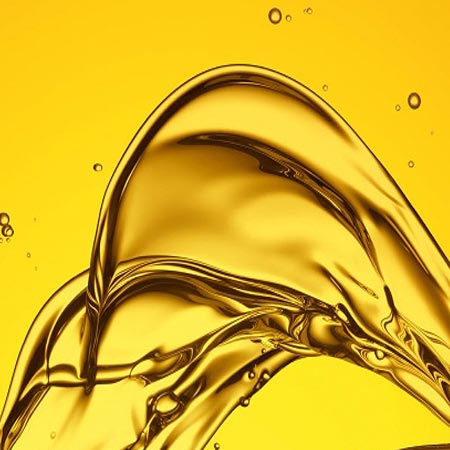
Oil & Gas Exploration (Drilling)

Cat Litter
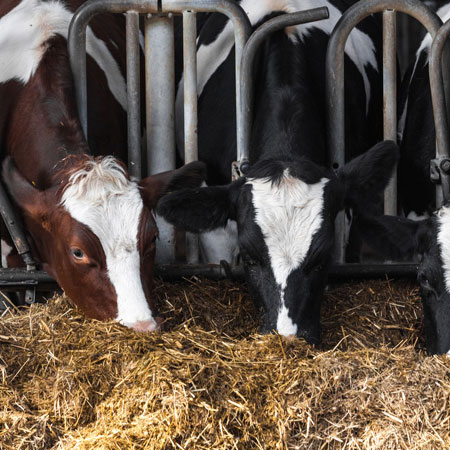
Animal Feed
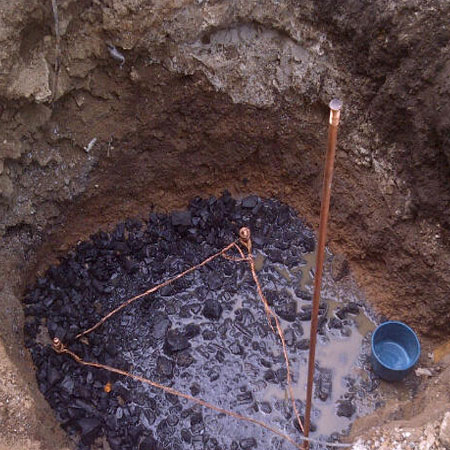
Electring and Earthing

Agriculture
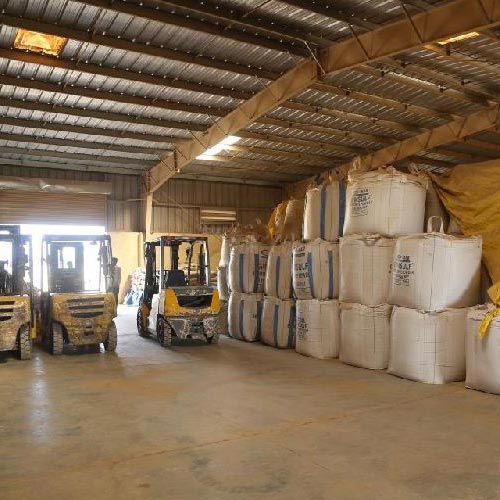
Civil Engineering
Specifications
| APPLICATION | FREE SWELLING | M.B.VALUE | WATER PLAT ADSORPTION | GELLING INDEX |
|---|---|---|---|---|
| FOUNDRY | Reg 30 – 32 ml Most 28 – 30 ml Prem 32 – 35 ml |
390 – 400 350 – 390 400 – 450 |
N.A. | 75 – 80% 60 – 75% 85 – 90% |
| IOP | IOP Most 28-30 ml IOP Reg 30-32 ml IOP Prem 32-35 ml |
350 – 375 375 – 390 390 – 450 |
550 – 650 650 – 750 750 – 850 |
60 – 70% 70 – 80% 80 – 90% |
| Viscometer Reading at 600 rpm | Yield Point / Plastic Viscosity Ratio | Filtrate Volume | Residue of dia. > 75 micron | |
| OCMA | Min. – 30 | Max. – 6 | Max. – 16 cm3 | 2.5% max. |
| API | Min. – 30 | Max. – 3 | Max. – 15 cm3 | 4.0% max. |
